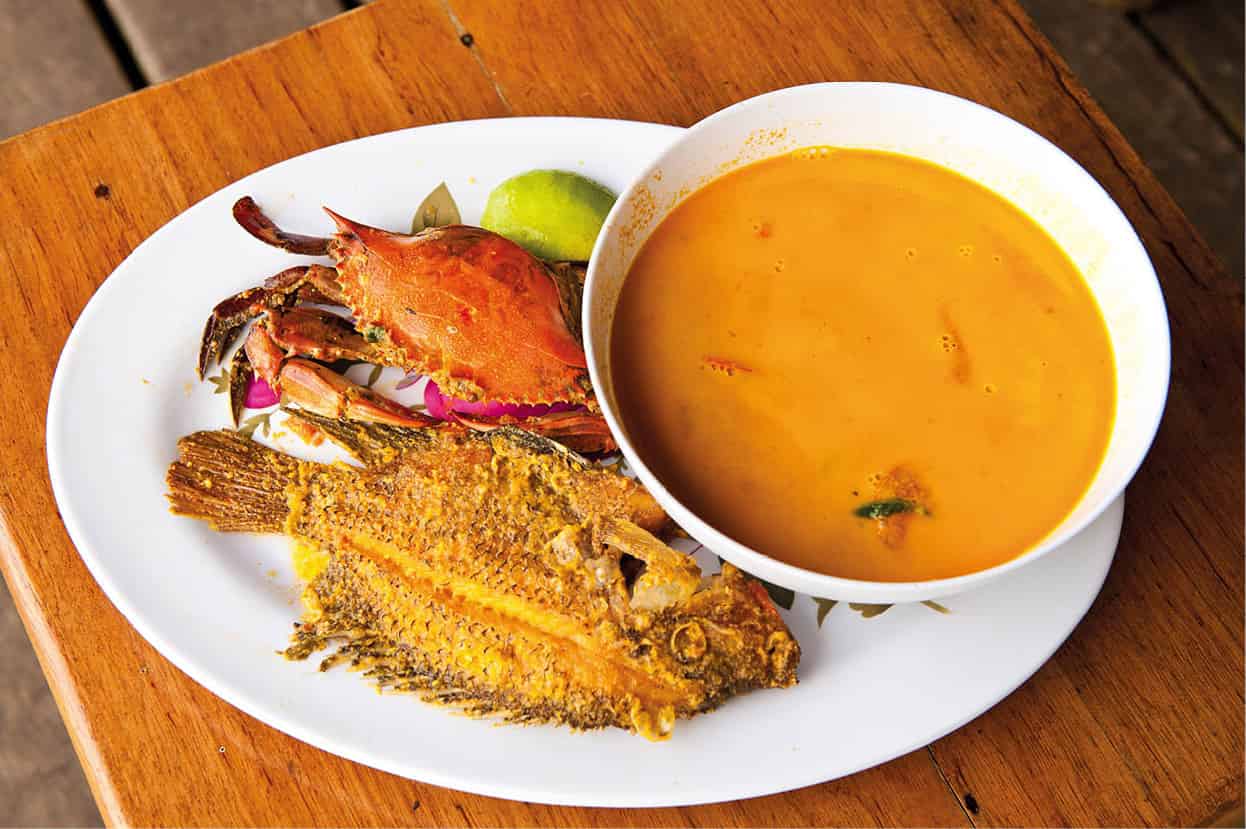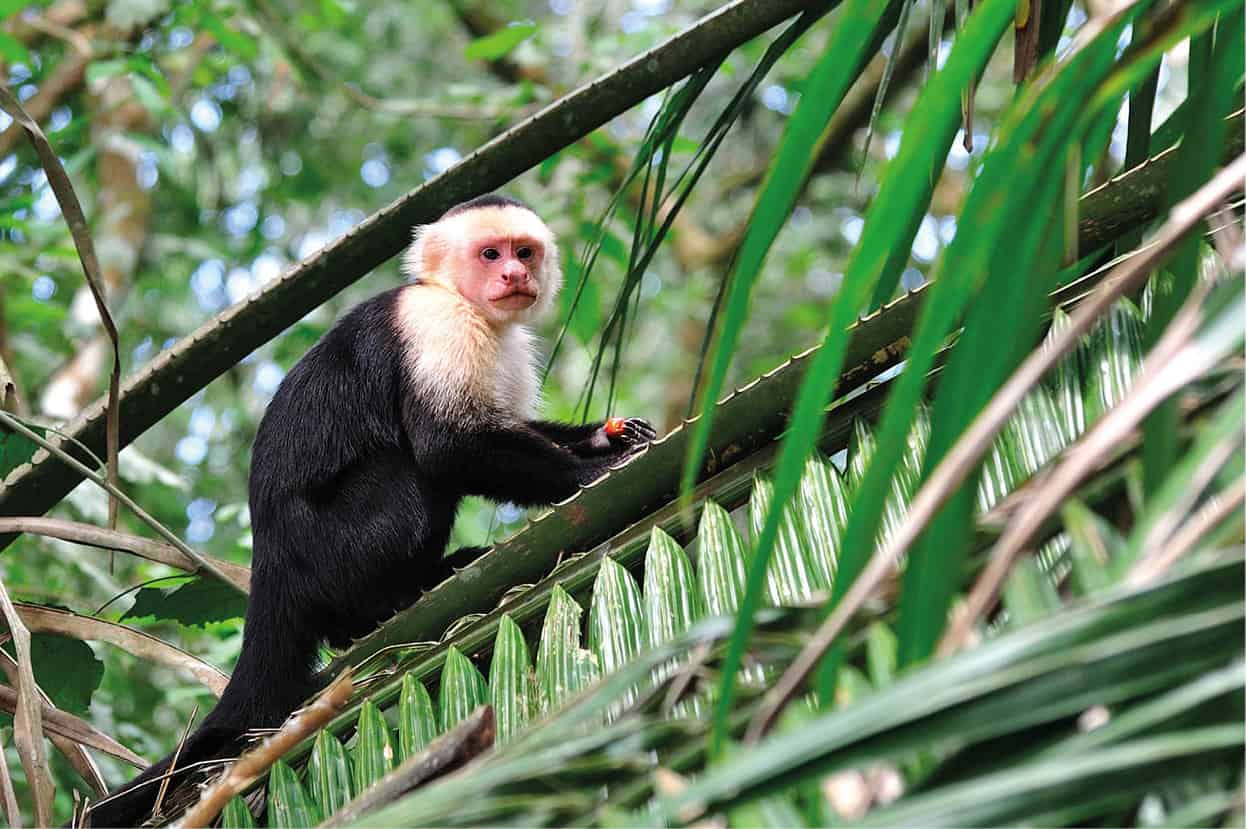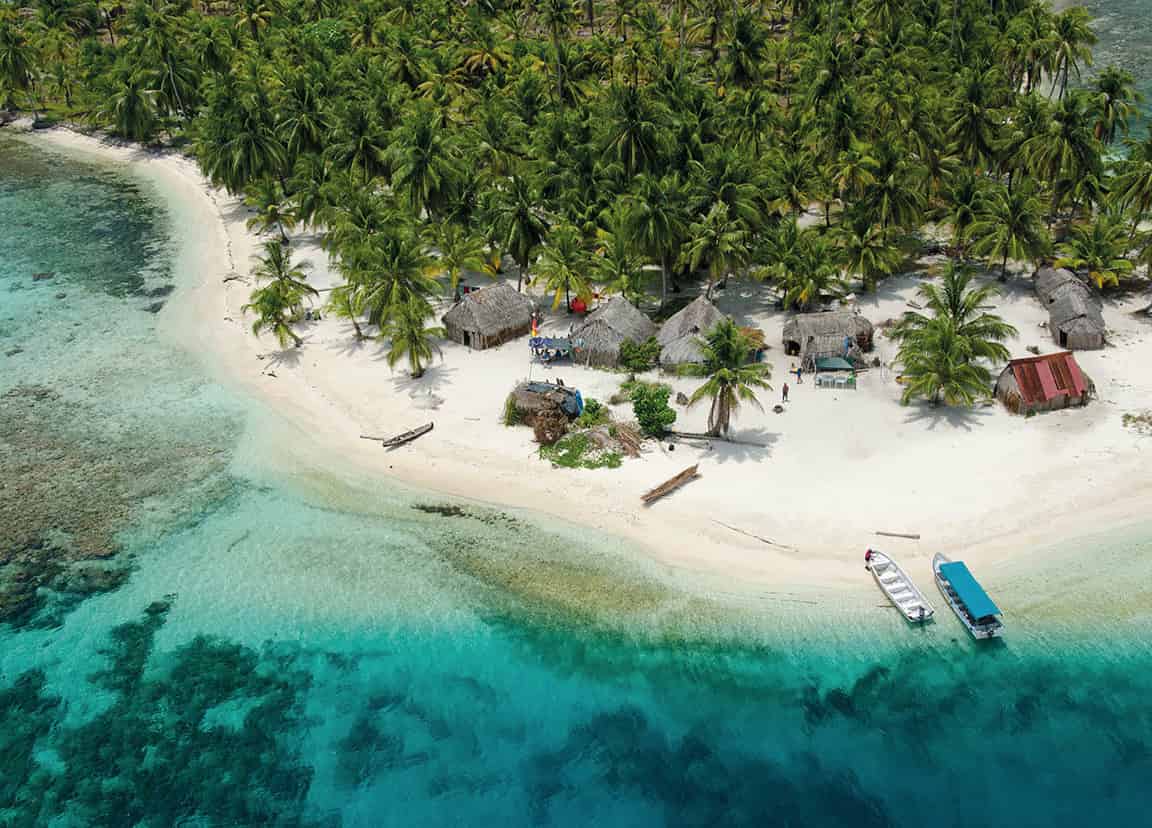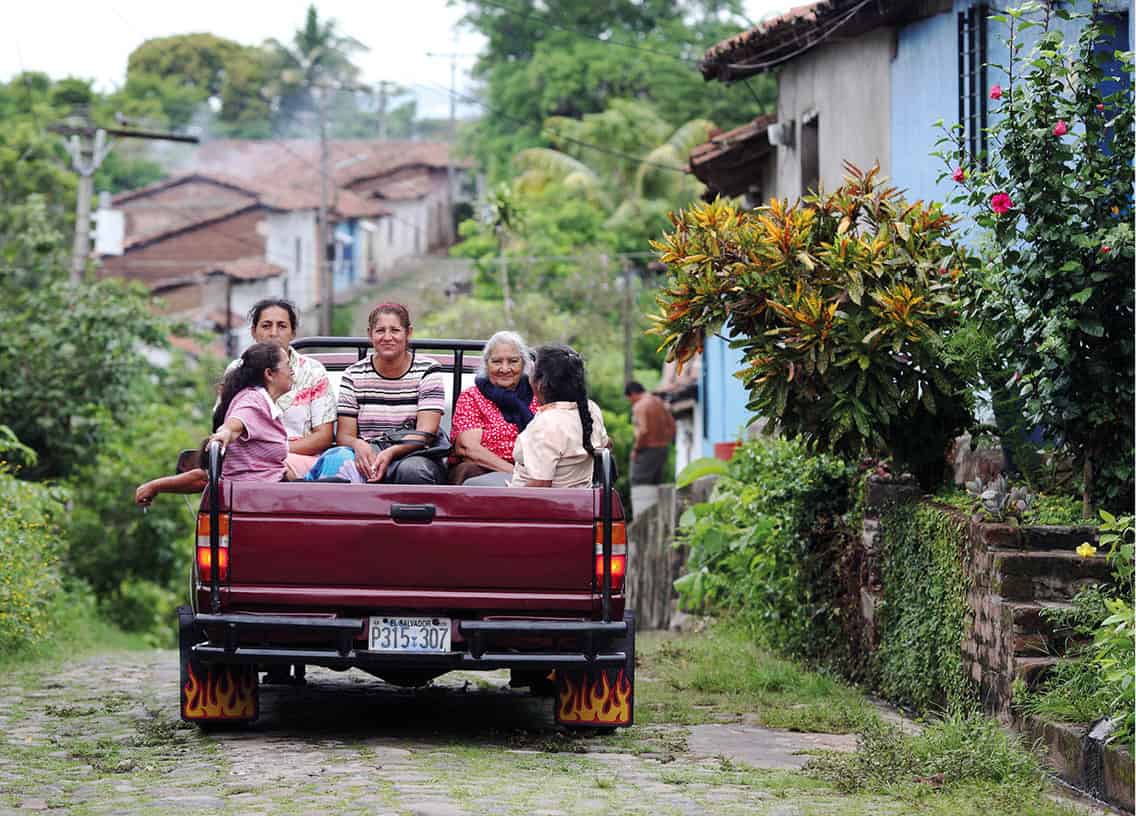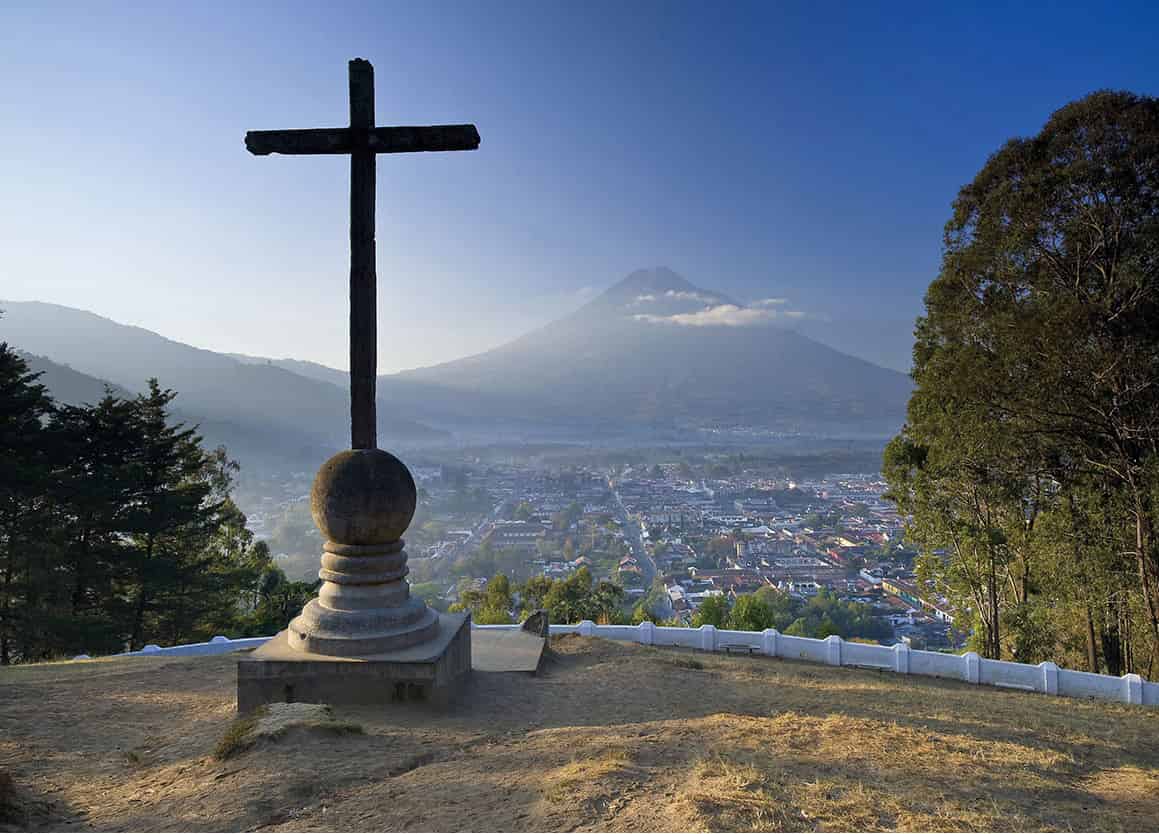Best wildlife watching
Tortuguero National Park. With a sharp-eyed guide, you’ll see myriad birds, mammals, and reptiles in this labyrinth of natural jungle canals. For more information, click here.
Cockscomb Basin Wildlife Sanctuary. One of the best-preserved, most pristine expanses of rainforest in the Americas, Belize’s most important reserve is a refuge for jaguars, ocelots, and many species of birds. For more information, click here.
Pico Bonito National Park. Taking in both low lying tropical rainforest and mountainous cloud forest, Honduras’ most impressive national park offers sublime birding, hiking, and whitewater rafting. For more information, click here.
Manuel Antonio National Park. Small but exquisite, this park packs a wealth of monkeys and birds into a compact jungle edged by three long arcs of white-sand beach. No wonder it’s the most popular national park in Costa Rica. For more information, click here.
Golfo de Chiriquí. This marine reserve on Panama’s Pacific Coast is the meeting point for humpback whales migrating from both Alaska and South America. For more information, click here.
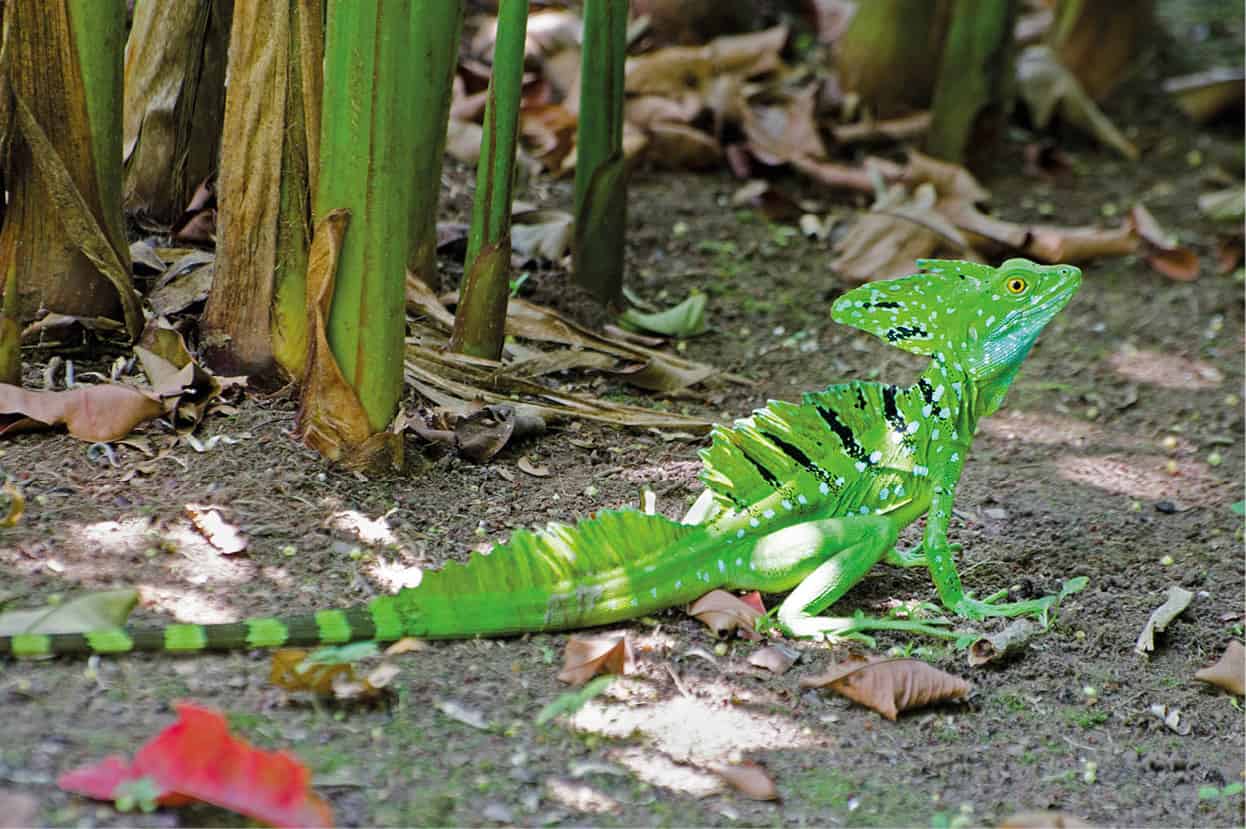
Plumed basilisk lizard, Tortuguero National Park.
iStock
Best beaches
Nosara. Two Costa Rican beaches side by side, Playas Pelada and Guiones offer surfing, swimming, spectacular Pacific sunsets, and yoga on the beach. For more information, click here.
Playa El Tunco. A quick jaunt from San Salvador, this black sand beach is basecamp for famed nearby surf spots like El Sunzal and Punta Roca. For more information, click here.
West Bay. Though it gets busy when cruise ships come to Roatán, the calm, clear waters make West Bay the most perfect beach in the Bay Islands. For more information, click here.
Tulum. It may have gone jet set, but this former hippie outpost still has the white powdery sands backed by thick jungle that continues to enchant. For more information, click here.
San Juan del Sur. A crescent-shaped bay on Nicaragua’s Pacific is home to this mellow expat town with surf shacks, thatched-roof bars, and sail boats. For more information, click here.
Playa Venao. This remote beach on Panama’s Azuero peninsula has seen a surge of new hotels, restaurants, and yoga retreats, making staying here as cushy as Panama City. For more information, click here.
Puerto Viejo de Talamanca. There are rastas peddling bicycles and sloths in trees in this laid back surf town near the Salsa Brava, on Costa Rica’s Caribbean coast. For more information, click here.
Kuna Yala (San Blas) Islands, Panama. Nearly 400 postcard perfect isles in the Caribbean form the Comarca Kuna Yala, the home of the Kuna people, who have preserved their own laws, norms, and values. For more information, click here.
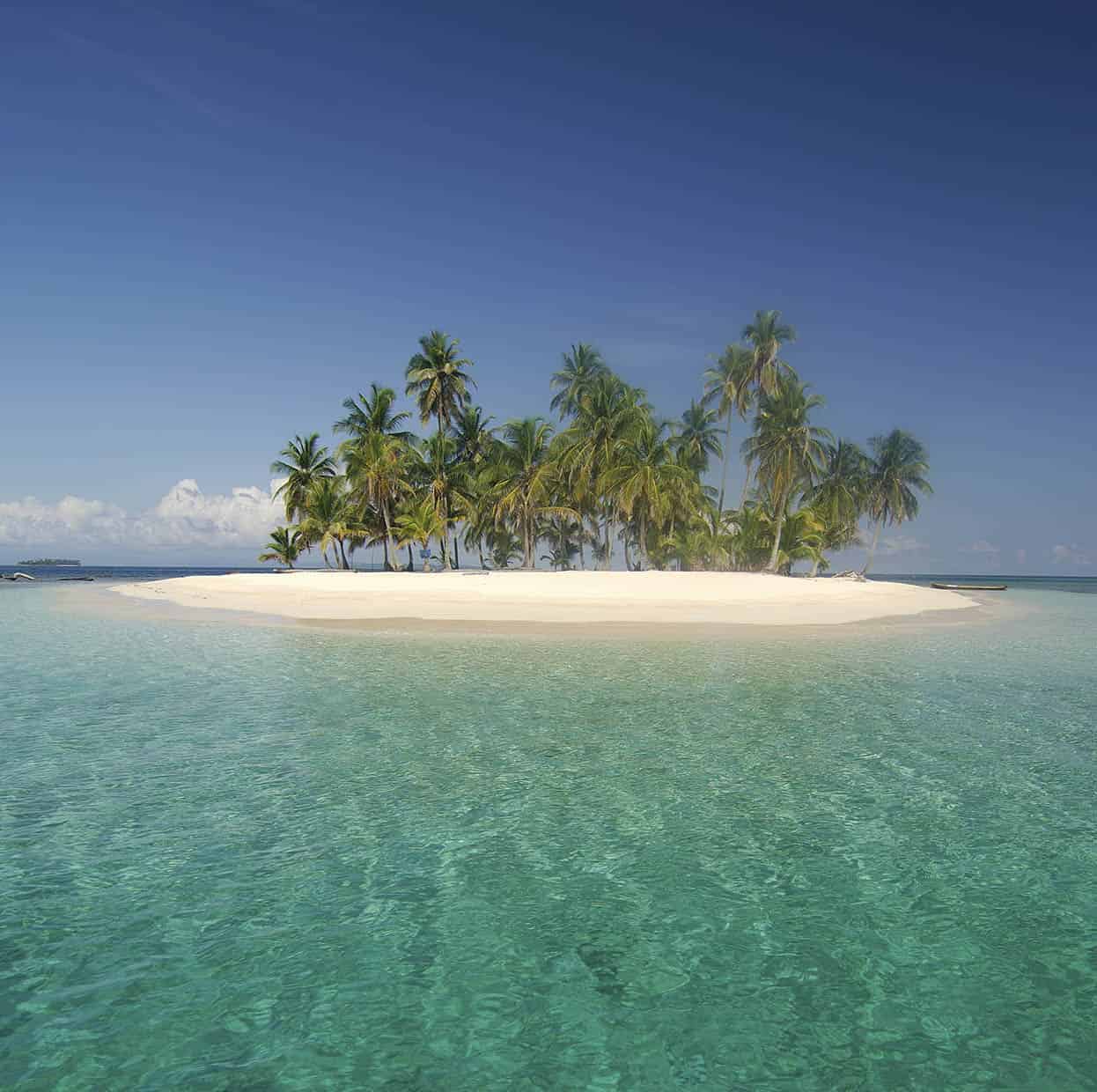
A San Blas islet.
Shutterstock
Best museums
BioMuseo. Designed by starchitect Frank Gehry, this museum dedicated to biodiversity on the Amador Causeway took 15 years to build. For more information, click here.
Museo del Oro Precolombino. Central America’s largest collection of pre-Columbian gold artifacts is held here, arranged to show how gold was woven into indigenous cultures. For more information, click here.
Museo Ixchel del Traje Indigena. Indigenous textile traditions and jewelry are explored in this massive collection that considers many of Guatemala’s different cultures. For more information, click here.
Museo de Arte. At El Salvador’s largest art museum, pay particular attention to the collection made during El Salvador’s civil war. For more information, click here.
Museum of the Revolution. Nicaragua’s Sandinista uprising of the 1970s is explored at this Leon museum though photos, documents and other artifacts. For more information, click here.
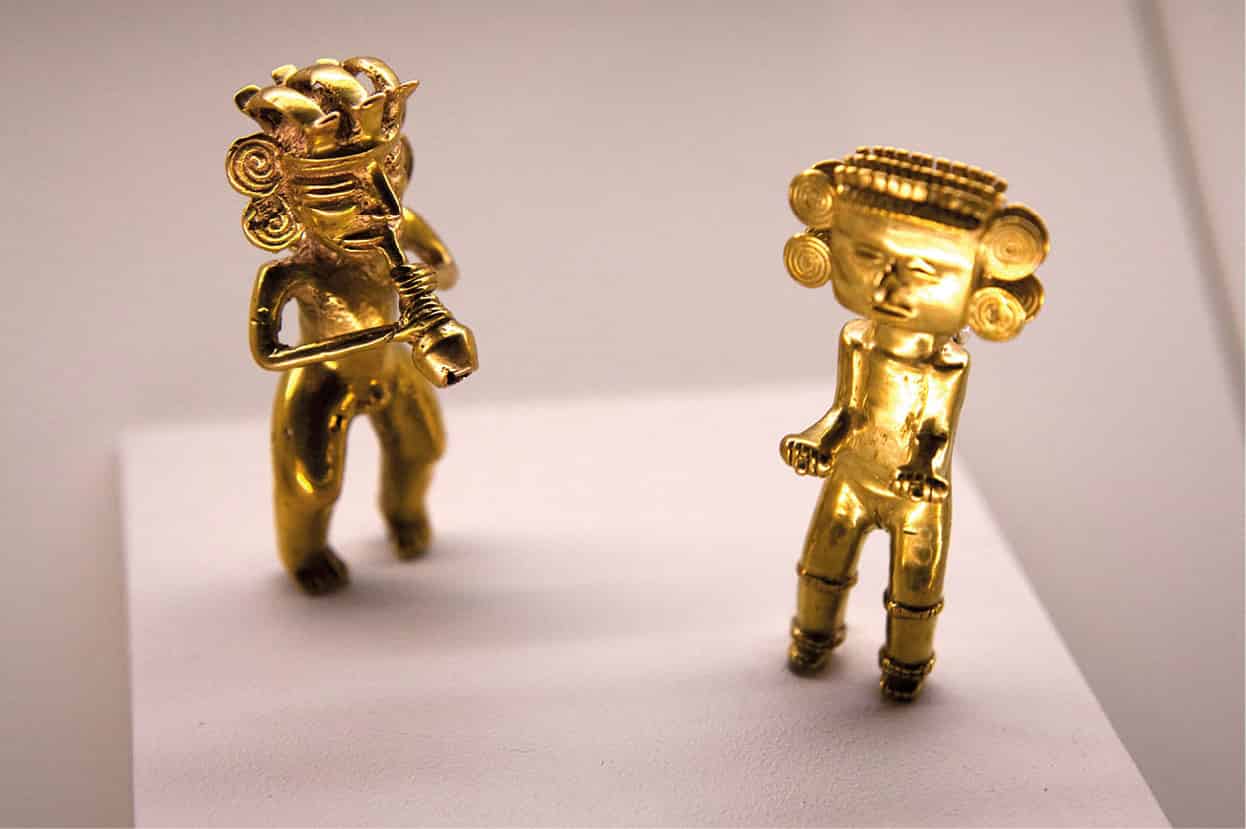
Museo de Oro, Costa Rica.
Corrie Wingate/Apa Publications
Best markets
Mercado de Chichicastenango. Twice a week, this mountain town holds the region’s biggest market. This astonishing bazaar is one of the most vivid, colorful expressions of the Highland Maya way of life. For more information, click here.
Mercado Central. San Salvador’s crowded, chaotic market isn’t just a place for exotic juices and pupusas; there are car stereos and hi-top sneakers too. For more information, click here.
Mercado de Mariscos. An artisanal fishing fleet from every part of Panama’s Pacific Coast descends upon this market near Casco Viejo. Don’t miss the ceviche vendors! For more information, click here.
Mercado Lucas de Galvéz. Mérida’s main marketplace features a dizzying array of local foods and ingredients like panuchos, queso de bola, and recados. For more information, click here.
Mercado Municipal de Granada. A few blocks from the plaza lies this labyrinth of produce and traditional foods aimed at locals, housed in a century-old neoclassical building. For more information, click here.
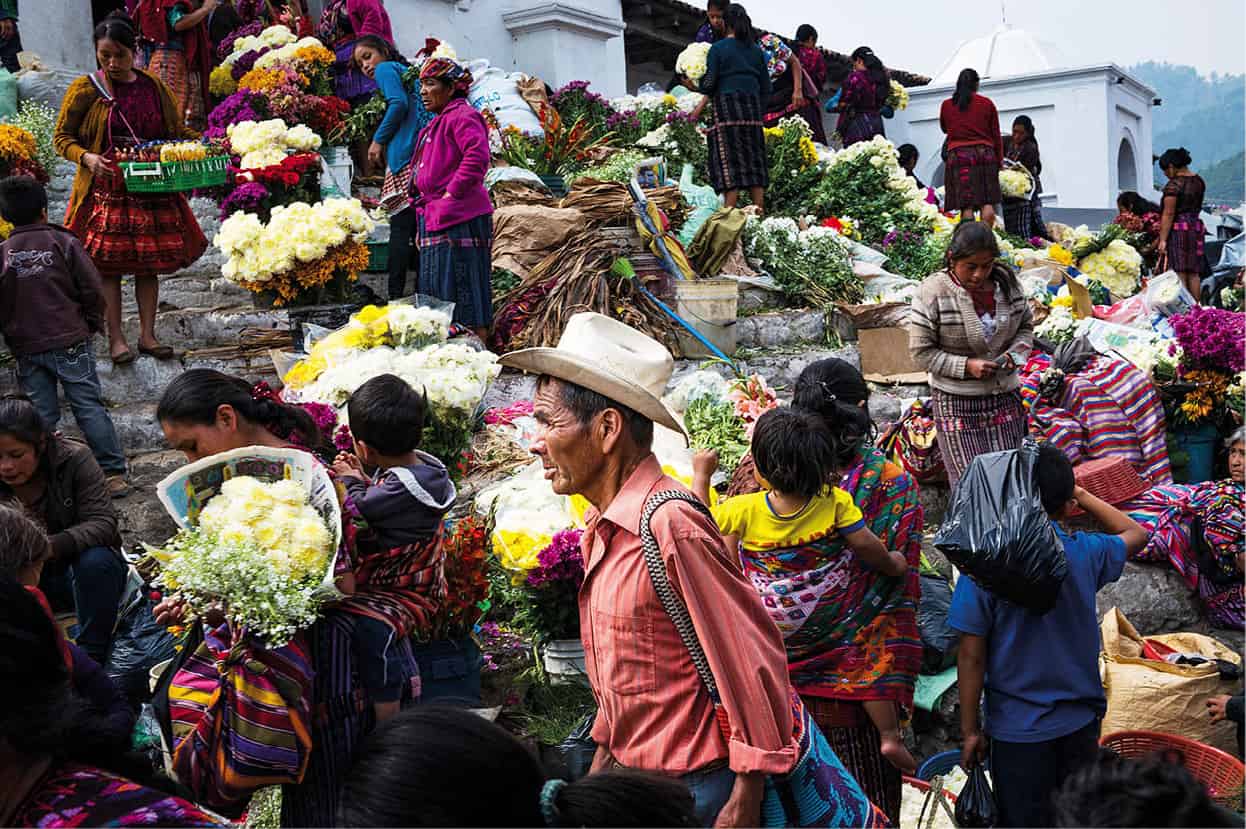
Vendors at Mercado de Chichicastenango.
iStock
Best colonial cities and towns
Antigua. Guatemala’s former colonial capital is a gracious city of ornate Baroque churches and rich and colorful traditions. For more information, click here.
Granada. Established in 1524, Granada is the oldest colonial city in the Americas and shares some of the Moorish architecture of its Spanish namesake. For more information, click here.
Comayagua. Most of the cobblestone plazas, churches and colonial houses in this small Honduran town, once the country’s capital, have been immaculately maintained. For more information, click here.
Suchitoto. This colonial town in the Salvadoran highlands is known for its indigo, migrating birds, and hikes to waterfalls and caves. For more information, click here.
Mérida. The cultural capital of the Yucatán retains its original cobblestone streets, leafy plazas, and houses with white stucco walls and courtyards. For more information, click here.

Santa Catalina arch in Antigua.
iStock
